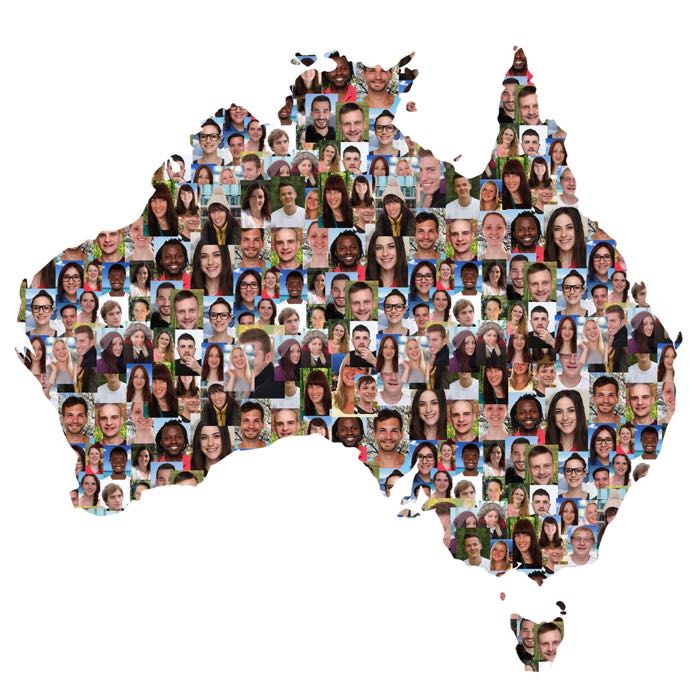
I spent some time in Sydney Chinatown this week, enjoying the colour, spectacle and celebrations of the Chinese New Year. It was a wonderful thing to be a part of, and, as a UK-born woman living in Australia, it also prompted me to consider the vast melting pot of cultures that we have in this country.
I’m often asked the question: “Does Australia do multiculturalism well?”
And in my opinion, the answer is a resounding “YES!”
Because, as most Australians will tell you, migrants have always been a part of this country – not just the English convicts and early settlers, but the Asians who came in the gold rush, as well as the Greeks and Italians who literally helped to build this country, making up a large percentage of the workforce for projects such as the Snowy River Dam and many of the main highways and railways. Not forgetting the ‘Ten-Pound Poms’ who were encouraged under the assisted migration scheme to come to Australia and ‘multiply’ in an effort to quickly grow the population after the Second World War.
And there’s also Australia’s indigenous culture too, which has influenced and shaped the nation’s history since its very beginnings.
Australia is a genuinely multicultural nation, and although pockets of racial tension do exist, they are generally small, and are not the common experience of most Australians who are quite content to live and work amongst a variety of races and creeds.
So in light of all this, what I find most interesting is the image of Australia outside of Australia. Television programs such as Neighbours and Home and Away, with their generally white middle-class casts and white middle-class storylines truly under-represent the depth and richness of Australian multiculturalism.
This is a real disappointment, particularly as the world continues to shrink into a global village and cultures continually crossover borders. Because in this context Australia has, I believe, a unique perspective on multiculturalism that other cultures which are not so accustomed to having foreigners in their midst, can learn from.
Multiculturalism, as demonstrated in Australia, perpetuates the sharing of authentic cultural experiences and traditions and this can have a very positive impact on society.
That coffee you enjoyed this morning originated in Ethiopia. Or, if you prefer tea, that originated in India. And it was only through exposure to these other cultures that we found a taste for these things.
Now exposure is one thing, but actually living with diversity is quite another. It helps us to grow as individuals – we learn and evolve and stay curious about the world, and we develop a greater tolerance for ideas and initiatives which are different from our own.
And for me, the elaborate Chinese New Year celebrations are good reminder of this fact. For a few days this week in the middle of one of Australia’s biggest cities, there was a definite and almost tangible sense of community amongst the people who were united in sharing an experience which is not traditionally part of Australian cultural heritage, but which is becoming an increasingly popular event on the annual calendar.